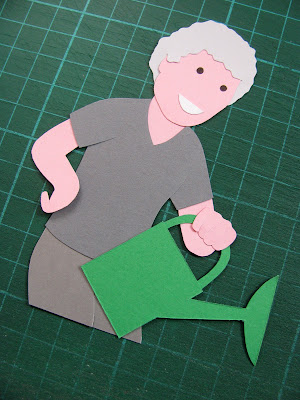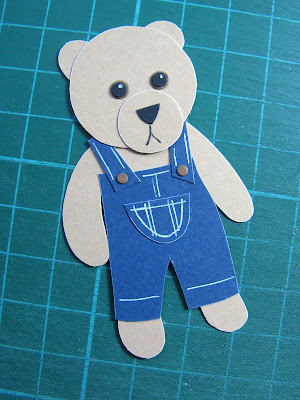Since losing Gadi, I have not gone back to my usual hiking or visiting art galleries but, in recent weeks, I did make time to visit Kikar Hatufim (Hostage Square) and "Nova 6.29", an exhibition which recreates the Nova music festival site, in Tel Aviv. I hope those of you who are more used to visiting this blog to read about my paper art will indulge me and take a few minutes to learn about these important installations.
On Saturday 7th October Hamas began a coordinated surprise offensive on Israel. The attack began in the early morning with a barrage of at least 3,000 rockets launched from the Hamas-controlled Gaza Strip. One of the rockets reached the city that I live in. In parallel, some 2,500 Palestinian terrorists breached the Gaza-Israel barrier and massacred civilians in neighbouring Israeli communities. At least 1,200 Israelis were massacred, including residents of eight kibbutzim in southern Israel. That number includes 364 young people at the Nova music festival. In addition roughly 240 unarmed civilian hostages and captured Israeli soldiers were taken to the Gaza Strip, including women, young children, Holocaust survivors and babies. This was the largest sustained slaughter of Jews since the Holocaust.
Since that horrific day, the square outside the Tel Aviv Museum of Art has been transformed into Kikar Hatufim (Hostage Square). In the square there are pop-up art installations, posters, signs and messages left by visitors. Numerous tents commemorating each of the kibbutz communities destroyed on 7th October are manned by families of the kidnapped who are holding 24/7 vigils.
The yellow brick road, above, is made up of handwritten messages intended to lead the hostages home. The empty Shabbat table (top photo), is an installation that has been replicated in communities around the world. The long, empty table with place settings and yellow decorations, symbolizes the hostages that have been held in captivity in Gaza since Israel was attacked by Hamas. Posters with the names, ages and photos of the hostages are also displayed on the table.
The yellow brick road, above, is made up of handwritten messages intended to lead the hostages home. The empty Shabbat table (top photo), is an installation that has been replicated in communities around the world. The long, empty table with place settings and yellow decorations, symbolizes the hostages that have been held in captivity in Gaza since Israel was attacked by Hamas. Posters with the names, ages and photos of the hostages are also displayed on the table.
Gatherings take place every night at Kikar Hatufim. It has become a space for meditation, reflection, song and prayer.
The "Nova 6.29" exhibition at the Tel Aviv Expo is named for the exact hour on 7th October when rockets began falling on the Nova music festival near Kibbutz Re'im. More than 3,000 people were at the festival that began on Friday night 6th October and was meant to last into the afternoon of 7th October. As rockets began falling early that morning, the partygoers were still dancing, and at first didn't realize that hundreds of Hamas terrorists, who arrived on gliders and mopeds, were launching an assault. The attackers shot and killed some 364 people and assaulted and abducted dozens more.
The exhibition includes hundreds of items retrieved from the site of the festival, from stage props and sets, to personal items brought by partygoers that weekend. Visitors navigate their way through scattered tents and sleeping bags, rolled-up yoga mats, water bottles and camping chairs lying on their sides. In the background, trance music plays on the neon dance floor and oversize video screens show the faces of the DJs and dancers, as well as screenshots of WhatsApp messages sent as people began realizing that an assault was taking place and hurried to alert their families.
Other artifacts on display are the bar adorned with untouched bottles and a row of yellow bullet-riddled toilet cubicles, below. Hamas terrorists aimed their guns at any space where someone may have been hiding. Skeletons of burned out cars are testament to the attempted flight of hundreds of people who were mown down by the terrorists.Toward the end of the exhibition is perhaps the most harrowing and painful section, "Lost and Found," with rows of shoes and sunglasses, hats and deodorants, hair clips and house keys, most destined never to be reunited with their owners. Families of victims and abductees are invited to help identify and reclaim personal belongings.
As visitors take their leave, a long, rolling screen shows portraits of all the 364 partygoers who were gunned down that day, as the song, "Shomer Yisrael" ("Guardian of Israel"), plays in a loop.
As visitors take their leave, a long, rolling screen shows portraits of all the 364 partygoers who were gunned down that day, as the song, "Shomer Yisrael" ("Guardian of Israel"), plays in a loop.
"Nova 6.29" gives us a sense of the horror that occurred on 7th October and at the same time, honours the victims and helps the survivors grieve. The world needs to see it.
* This post has been shared on The Good. The Random. The Fun., Wordless Wednesday (on Tuesday), Travel Tuesday and My Corner of the World.




































.png)



















































